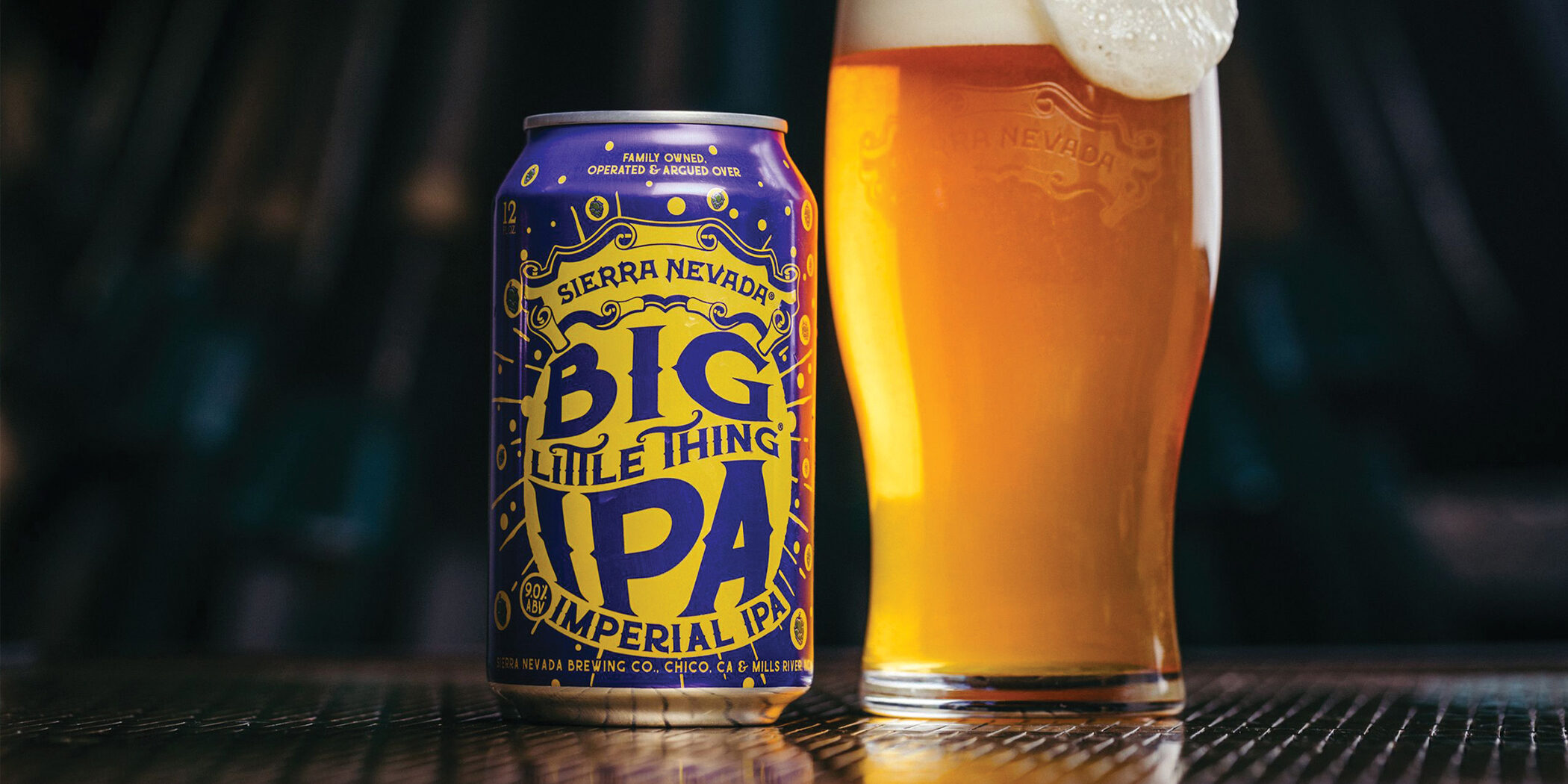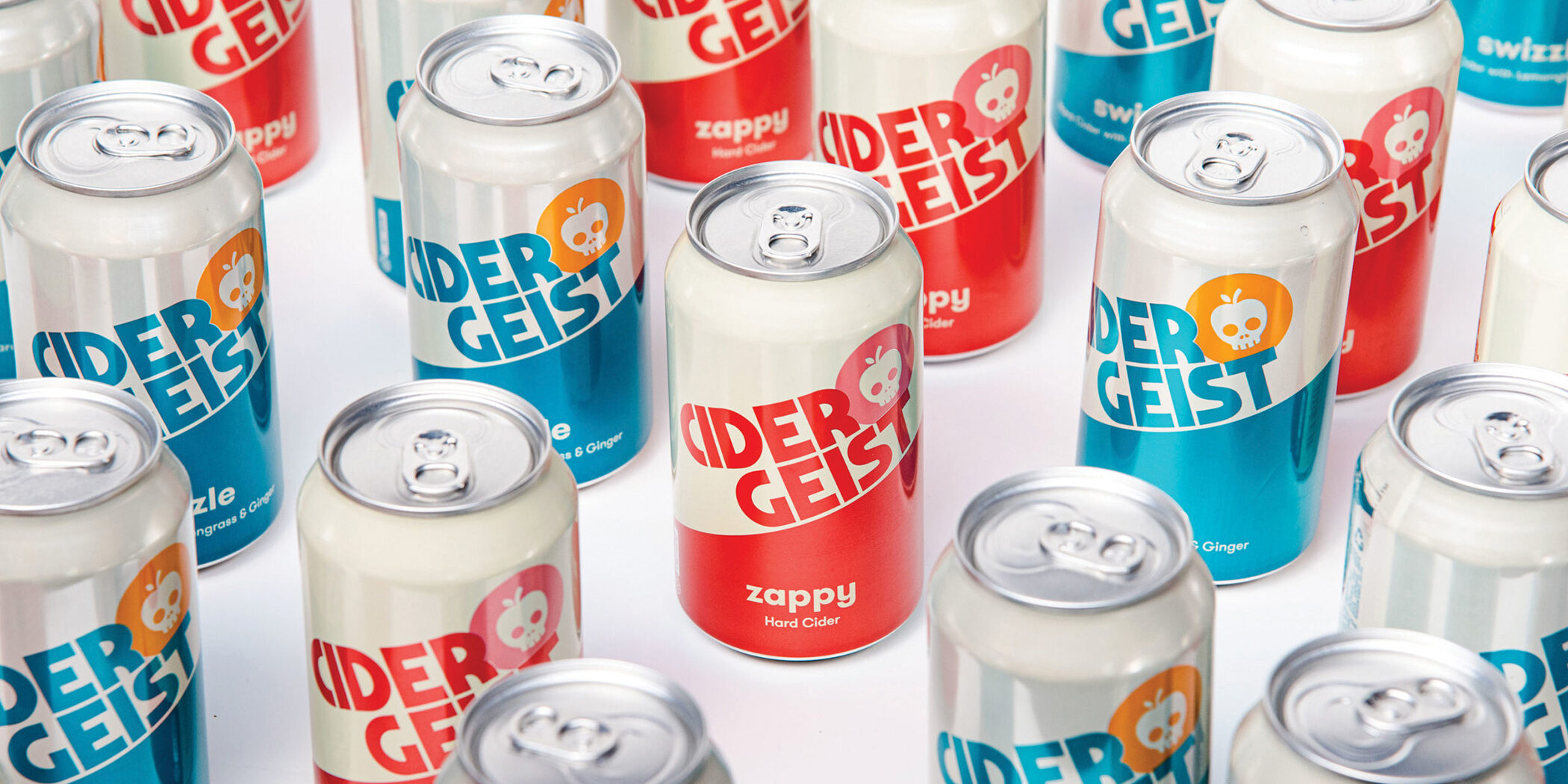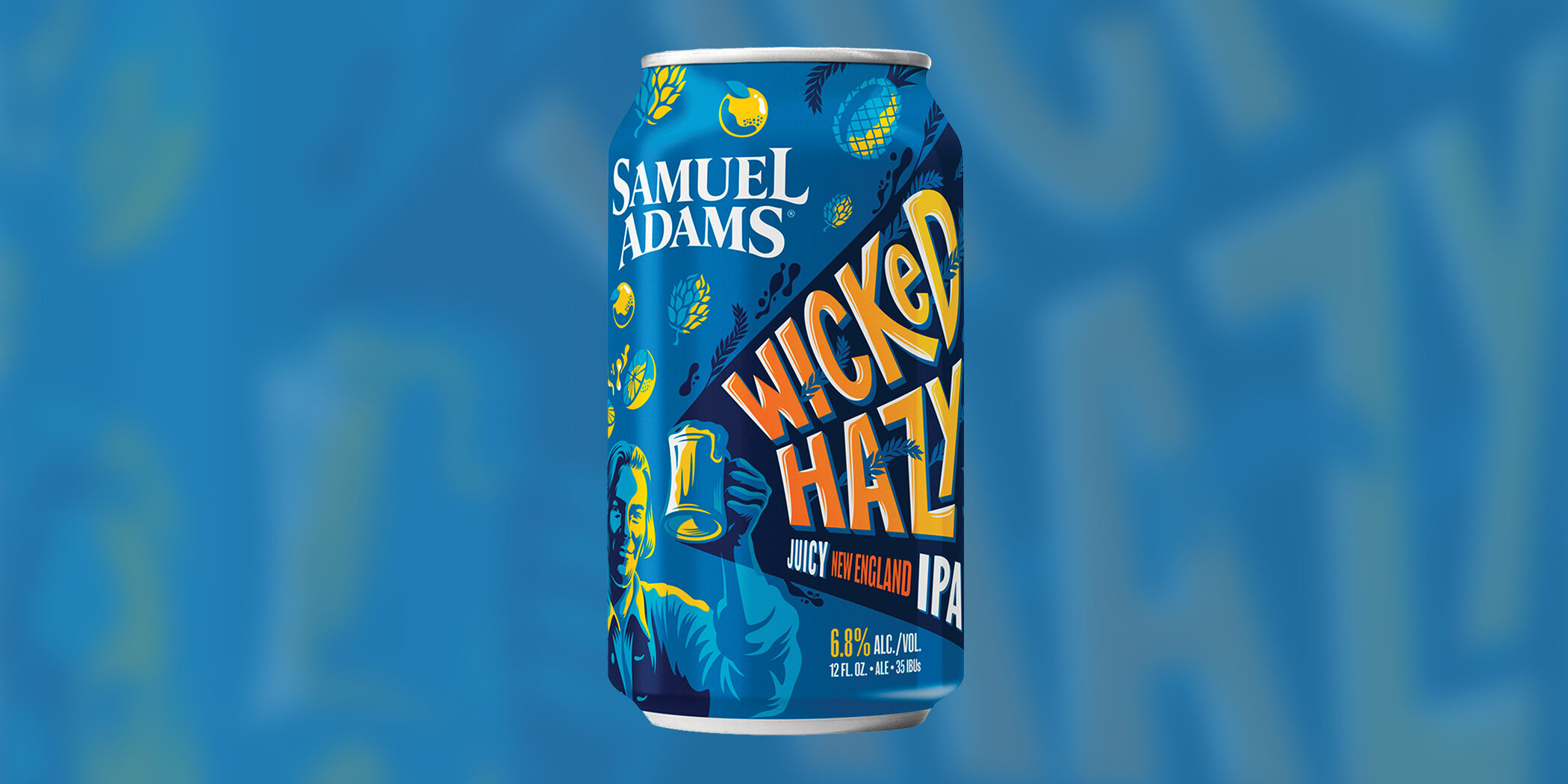A Sub Brand strategy is similar to the Branded House approach in that each offering is represented under a single parent brand. The difference here is each SKU will have further attributes—name, identity and characteristics—both visually and conceptually, that position each individual product as a “brand within the brand.”
A Sub Brand is connected closely to your parent brand— think of it as a little extra spice given to separate each product from one another within your overall portfolio. A Sub Brand still carries the same overall values that intuitively link it to the parent brand, but targets a specific audience with further defined attributes and benefits that might not be offered by the parent brand alone. This allows you to build stronger bonds with your existing customers while expanding your overall footprint by dipping your toes into new categories and audiences.
If your parent brand is well known for a particular beer or style, you can lend your overall brand promise credibly to the new brand while allowing the extension explore new territory—perhaps a new style or product offering that differs from what your parent brand is presently known for. In this way, Sub Brands can be a flexible way to bring new products to market.
WHEN A SUB BRAND MAKES SENSE
- When your brewery has found the monolithic Branded House approach too limiting and inflexible over time.
- When your brewery wants to dip its toes into new categories while benefiting from the momentum and equity of your parent brand.
- When you have no immediate plans to spin a product off on its own, but you might want to do so in the future.
- When your brewery is (or wants to become) known for a wide array of offerings, and are not hyper-focused on any particular niche, style or market position.
Some Advantages
A Sub Brand allows you to leverage your reputation when expanding into new offerings.
Whether you are just surviving, or thriving in the contemporary beer market, you are doing so by working hard and building a reputation that people value and respect. It might be time to cash in on that perception by launching new products that take advantage of your established parent brand. The Sub Brand approach allows you to boost a new offering and appeal to a new set of customers, using your established parent brand’s positioning as a foot in the door.
A Sub Brand can set you up to spin products off as their own separate brands down the line.
Because you are generating individual elements for each Sub Brand (e.g. logos, fonts, colors, fanciful names), you’ll have more conceptual fuel in the event that one of your Sub Brands takes off like a rocket.
The main advantage here is that if a Sub Brand becomes successful enough that you want to push it further away from the parent brand so you can keep growing it on its own merits, you will have already created enough of a buffer from the parent brand to do so. This will make that transition that much easier when, or if, the time comes.
Sub Brands can help you fight image fatigue and maintain a sense of creativity and diversity in your portfolio.
Under a monolithic Branded House, a rote, templated packaging approach runs the risk of becoming stale over time. Depending on your audience and positioning, creating a few targeted Sub Brands can give those offerings a little more variety and creative flair.
Sub Brands are a great way to communicate personality and a sense of authorship. This approach may yield increased shelf appeal and the perception that your brewery is more versatile and inventive (provided that this matters to your customers).
A Sub Brand can bring new customers in as supporters of your overall parent brand.
Think of the Sub Brand approach as casting a slightly wider net with regard to your broader portfolio. With more individualized product offerings, you can grab the attention of a greater range of customers. And because the parent brand is also prominently featured, you may be able to “Trojan Horse” your way into the hearts of new customers that you weren’t able to reach before, bringing them into the fold and introducing them to your other products as well.
Caveats
As with a Brand Extension within a Branded House strategy, any reputation crises can negatively affect the standing of the parent brand itself.
Because Sub Brands still rely heavily on the presence of your parent brand, any negative feedback anywhere along the chain can cause significant reputational damage to the wider perception of your brewery and its offerings. Being mindful and making an effort to respect the original values and promises of your parent brand through your Sub Brands is the best way to gird yourself against this sort of blow back.
You’ll do more work and will need more time (and budget) to develop Sub Brands that work well and fit the overall portfolio.
Sub Brands require an initial investment because you have to give each product an individual sense of flavor and personality.
As an example: A new product may use an existing packaging template, but more effort will be required to individualize and tell the story of each Sub Brand from a design and marketing standpoint.
For the sake of planning and implementation, Sub Brands are less plug-and-play than a monolithic Branded House (and Brand Extension) portfolio strategy.





